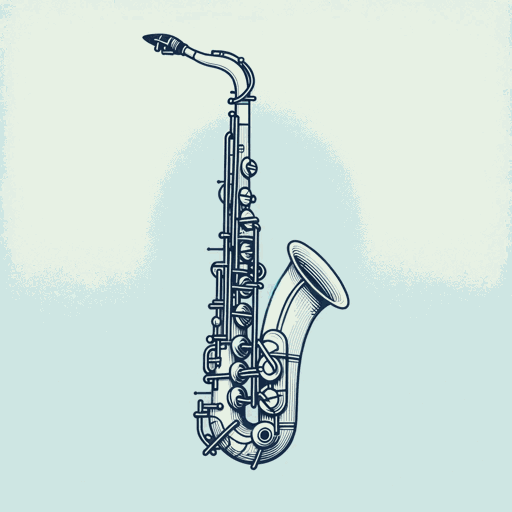43 pages • 1 hour read
James BaldwinNotes of a Native Son
Nonfiction | Essay Collection | Adult | Published in 1955A modern alternative to SparkNotes and CliffsNotes, SuperSummary offers high-quality Study Guides with detailed chapter summaries and analysis of major themes, characters, and more.
Essay 1Chapter Summaries & Analyses
Essay 1 Summary: “Everybody’s Protest Novel”
“Everybody’s Protest Novel” was first published by in spring of 1949 in the first issue of Zero, an English-language literary magazine launched in Paris that year. The essay was republished a few months later in June 1949 in the more established magazine Partisan Review, launching Baldwin’s writing career. The essay analyzes Uncle Tom’s Cabin, the novel by Harriet Beecher Stowe, first published in 1852. Baldwin sees Stowe’s novel as indicative of a uniquely American literary genre, the protest novel; and he views the genre itself as an American cultural condition.
The intention of the genre, notes Baldwin, is to “bring greater freedom to the oppressed,” and for this reason, he is willing to forgive the offense it causes (31). He explains that Uncle Tom’s Cabin is a bad novel because it traffics in White sentiment, which for Baldwin, betrays a striking aversion to the truth of lived experience, both Black and White. Without the requisite depth of character and the complex freedom that marks the human condition, the novel fails as literature—and at once succeeds commendably as a protest document. Baldwin acknowledges that, as a protest document, it is both historic and prescient. “The novels of Negro oppression” written in Baldwin’s own time, a full century after Uncle Tom’s Cabin was first published, remain couched in the same simplistic declarative spirit expressed by Stowe; that American society is horrible and Americans ought to be ashamed.
Related Titles
By James Baldwin

Another Country
James Baldwin

A Talk to Teachers
James Baldwin

Blues for Mister Charlie
James Baldwin

Giovanni's Room
James Baldwin

Going To Meet The Man
James Baldwin

Go Tell It on the Mountain
James Baldwin

I Am Not Your Negro
James Baldwin

If Beale Street Could Talk
James Baldwin

If Black English Isn't a Language, Then Tell Me, What Is?
James Baldwin

Nobody Knows My Name: More Notes of a Native Son
James Baldwin

No Name in the Street
James Baldwin

Sonny's Blues
James Baldwin

Stranger in the Village
James Baldwin

The Amen Corner
James Baldwin

The Fire Next Time
James Baldwin

The Rockpile
James Baldwin

